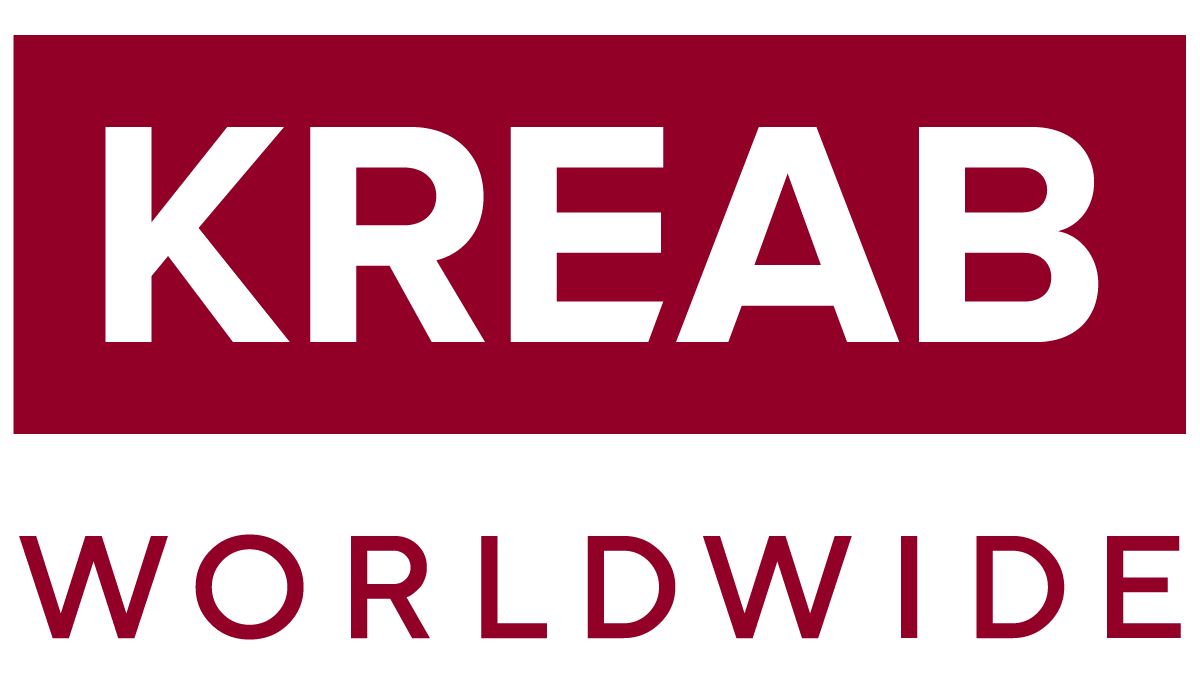
18/07/2025
Weekly China Insight – 18 July 2025
China tightens export controls on next-gen battery tech to fortify global EV lead
On 15 July, the Chinese commerce ministry (MofCom) and the science ministry (MoST) jointly released a new notice to formally expand China’s export control list, imposing new licensing requirements on eight critical technologies related to electric vehicle (EV) battery cathodes, lithium extraction, and gallium metallurgy. The newly restricted technologies include advanced methods for producing lithium iron phosphate (LFP) and lithium manganese iron phosphate (LMFP) cathodes, which are materials that underpin 74.6% of China’s EV-related output. Also included are refined restrictions on gallium metal extraction, a critical semiconductor input.
By locking down next-generation battery technologies while allowing exports of final products, China is reinforcing its technological advantage in EV batteries to secure a three-to-five-year innovation lead. Though the new export control measures target technology rather than products, foreign firms will face heightened barriers to replicating China’s battery production methods, even as Chinese firms retain flexibility to use these technologies in overseas plants.
Nvidia CEO Jensen Huang visits China as US clears H20 AI chip sales in strategic shift
On 17 July, Nvidia CEO Jensen Huang met with China’s commerce ministry Wang Wentao in Beijing, coinciding with a major reversal in US export policy that will allow Nvidia to resume sales of its H20 AI chips specifically made for the China market. Huang, attending the China International Supply Chain Expo on his third trip to the country this year, reaffirmed Nvidia’s long-term commitment to the Chinese market, praising its “vitality, scale, and world-class AI ecosystem.” The US Commerce Department’s decision to lift the ban on H20, initially imposed in April as part of broader tech export controls, follows Huang’s recent lobbying efforts and a private meeting with President Trump, as part of a broader US–China trade framework that includes Chinese concessions on rare earths export.
Nvidia’s H20 chip, specifically designed to comply with US export restrictions, is now back on the table for Chinese customers, with Nvidia confirming it is processing orders and expecting license approvals to move quickly. Huang also unveiled the new RTX Pro GPU for smart factories and robotics, tailored for China’s industrial base. Senior US officials, including the Secretary of Commerce, have signaled further relaxation on export controls may follow, aiming to maintain American firms’ influence in global AI standards while slowing China’s indigenous chip development.
The restoration of H20 sales to China marks a pivotal moment in Nvidia’s China strategy and a tactical recalibration by Washington. The move signals the US is currently shifting from blanket tech containment to managed engagement as both sides seek to stabilize their critical yet contentious economic relationship.
China’s Q2 GDP growth slows to 5.2% as deflation, tariffs, and weak demand weigh on recovery
On 15 July, China reported second-quarter GDP growth of 5.2% y/y, down from 5.4% in Q1, as domestic demand remained subdued and external pressures, especially from US tariffs, intensified. While the real growth rate aligned with market expectations, nominal GDP rose just 3.94% y/y, highlighting persistent deflationary trends and low price levels. Growth in Q2 was driven primarily by the services sector, which expanded 5.5% y/y, outpacing the industrial sector’s 5.3% y/y and agriculture’s 3.7% y/y. Urban unemployment held steady at 5% in June, but retail sales growth slowed to 4.8% y/y, and real estate investment fell 11.2% y/y in H1, reinforcing concerns about consumer confidence and structural imbalances.
Despite meeting its mid-year growth target, China still faces mounting pressure to boost stimulus and reform amid persistent deflation, tariff uncertainty, and a fragile property sector.
Tesla launches six-seat Model Y in China to counter intensifying EV competition
On 16 July, Tesla announced plans to launch a six-seat, extended version of its Model Y in China this year. The new model adds a third row of seating, accommodating larger families and aligning with popular domestic trends seen in domestic competitors like Li Auto and Nio. While Tesla has yet to disclose the pricing of the new model, the vehicle will enter a crowded mid-to-high-end EV segment that has seen retail sales drop by 15.5% y/y for the RMB 30–35 million band in the first half of this year. Tesla’s China sales have weakened, with Model Y retail volume falling 17.5% y/y in H1 2025, amid mounting pressure from newer, tech-savvy entrants such as Xiaomi’s YU7, which received 300,000 preorders within an hour of its June launch.
The six-seat Model Y may help Tesla reclaim some market share, but without a lower-cost model, its ability to reverse declining sales in China’s increasingly value-driven market remains in doubt.
